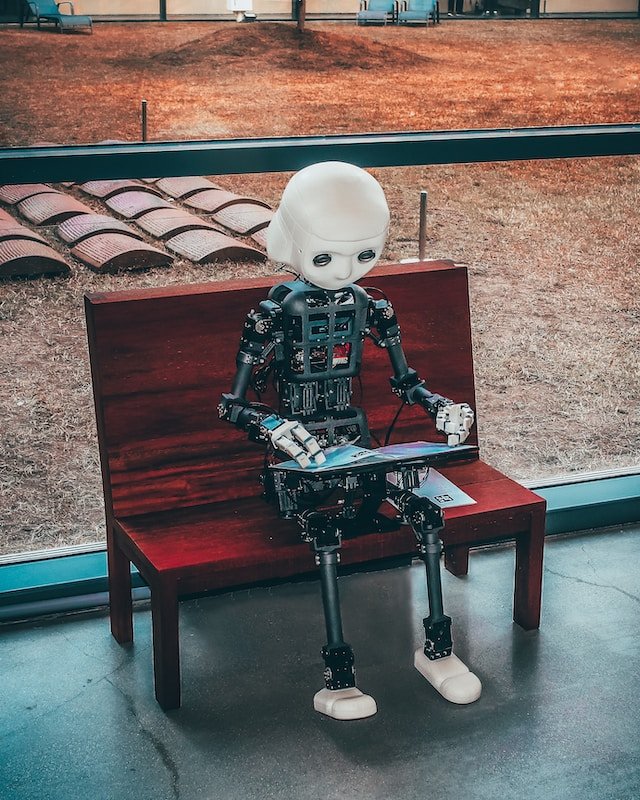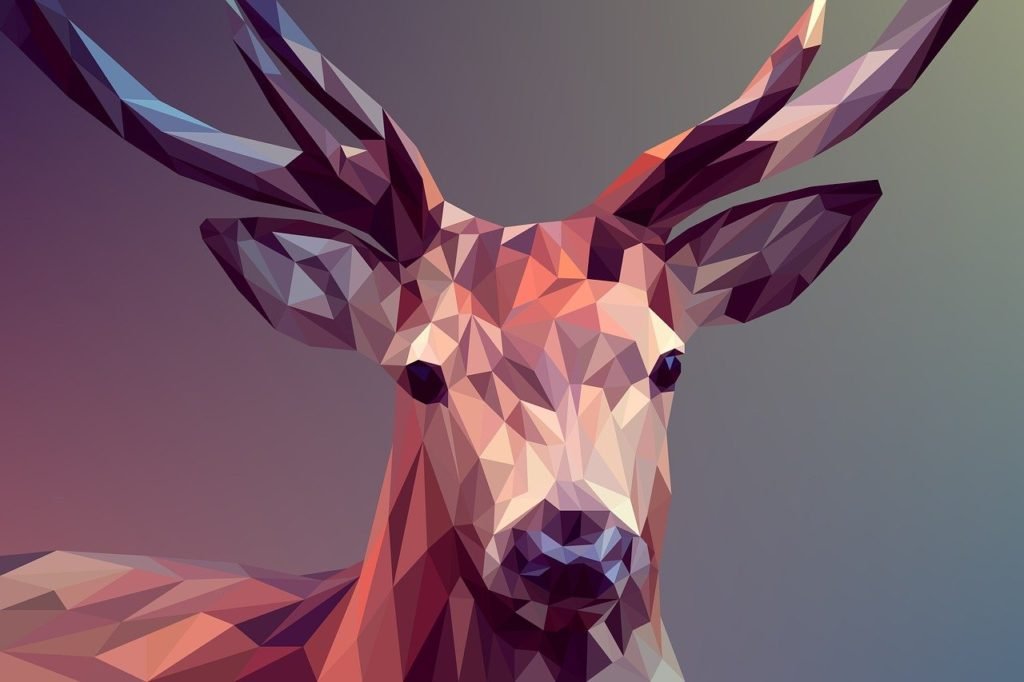Introduction
In recent years, advancements in artificial intelligence (AI) have raised concerns about the future of various industries, and graphic design is no exception. As AI technologies continue to evolve, many have questioned whether graphic designing is still relevant or if it will be completely replaced by AI algorithms. In this article, we will debunk the myths surrounding the impact of AI on graphic designing and explore why human creativity and expertise remain crucial in this digital age.
The Role of AI in Graphic Design
AI has undoubtedly revolutionized the design landscape, offering powerful tools and automation that streamline certain tasks. AI-powered software can generate logos, templates, and even websites in seconds, eliminating the need for manual creation. This technology also enables tasks such as image recognition, color matching, and font selection, making the design process more efficient.

Debunking the Myth: Complete Replacement
While AI has undoubtedly enhanced certain aspects of graphic design, the notion that it will entirely replace human designers is a misconception. Design is not merely about generating aesthetically pleasing visuals; it involves deep understanding, problem-solving, and communication. Here are a few reasons why graphic designing remains relevant in the age of AI:
- Creativity and Originality: AI algorithms are trained on existing data and patterns, limiting their ability to generate truly unique and innovative designs. Human designers bring a fresh perspective, combining their creativity and unique experiences to produce original and compelling visual solutions.
- Emotional Connection: Graphic design is not just about aesthetics; it is about creating an emotional connection between brands and their target audience. Human designers possess the ability to understand and convey complex emotions, effectively communicating the desired message through visual elements.
- User Experience and Context: Design goes beyond aesthetics; it focuses on user experience and context. Human designers consider factors such as target audience, brand values, and cultural nuances, tailoring designs to evoke specific emotions and achieve desired outcomes.
- Adaptability and Problem-Solving: Design often involves adapting to specific client requirements, challenges, and feedback. Human designers possess problem-solving skills, critical thinking, and the ability to iterate and refine designs based on client input.
Collaboration: Humans and AI Working Together
Rather than viewing AI as a threat, it is more beneficial to see it as a collaborative tool for graphic designers. AI technologies can assist designers in automating repetitive tasks, providing data-driven insights, and enhancing their creative process. Designers can leverage AI tools to boost productivity, explore new possibilities, and focus on higher-level conceptualization.
Conclusion
Graphic designing continues to be relevant and valuable in the age of AI. While AI technologies have introduced automation and efficiency, they cannot replicate the depth of human creativity, emotional intelligence, and problem-solving skills. The partnership between human designers and AI can unlock new frontiers, enabling more innovative and efficient design solutions. As the design landscape evolves, it is essential for designers to embrace AI as a tool that complements and enhances their abilities, rather than a replacement for their expertise.


